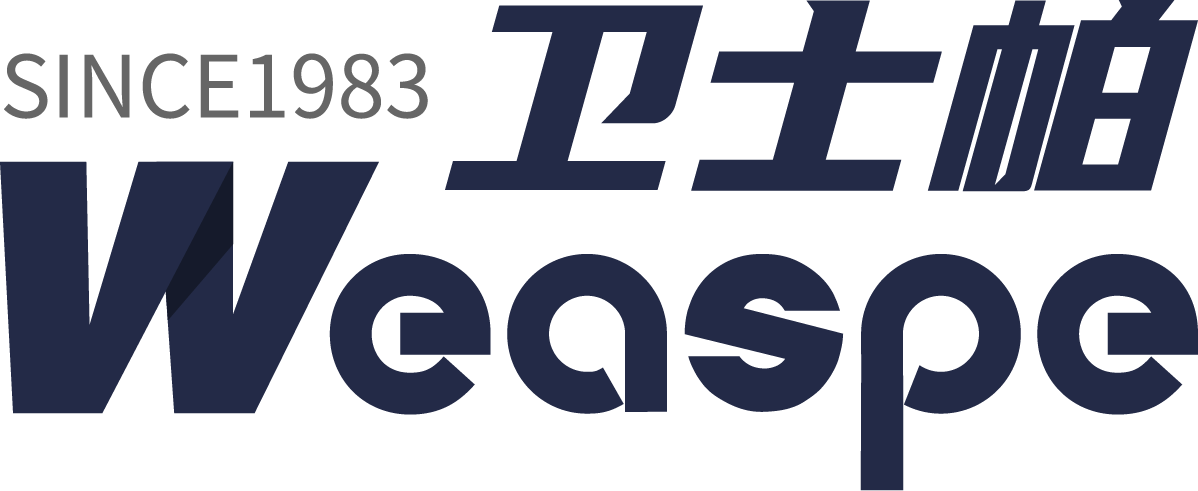passive house cost
A passive house cost represents the initial investment and long-term financial implications of constructing a highly energy-efficient building that meets strict sustainability standards. The cost typically encompasses advanced insulation systems, high-performance windows and doors, ventilation systems with heat recovery, and airtight construction methods. While the upfront passive house cost is generally 5-10% higher than conventional construction, these buildings operate on minimal energy consumption, requiring about 90% less heating and cooling energy than traditional structures. The technological features include triple-pane windows, continuous insulation without thermal bridges, and mechanical ventilation systems that maintain indoor air quality while preserving heat. The application of passive house principles extends to both residential and commercial buildings, making it a versatile approach to sustainable construction. The cost structure includes materials, specialized labor, certification processes, and ongoing maintenance, but these expenses are offset by significant energy savings over the building's lifetime. The implementation of passive house standards has proven successful in various climates, from cold regions to tropical areas, demonstrating its adaptability and effectiveness in different environmental conditions.



